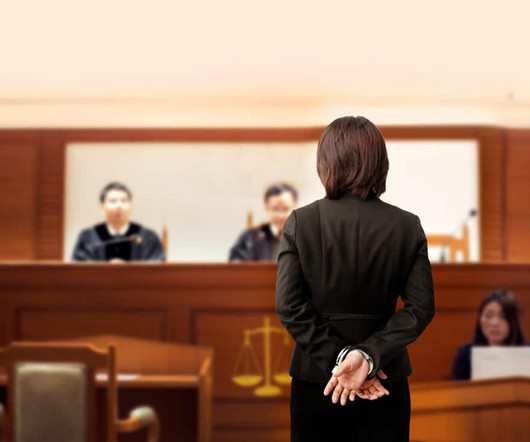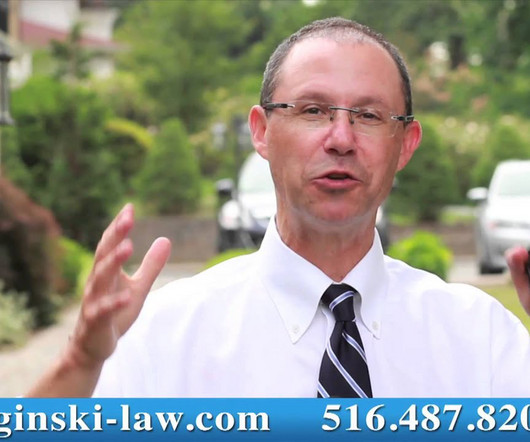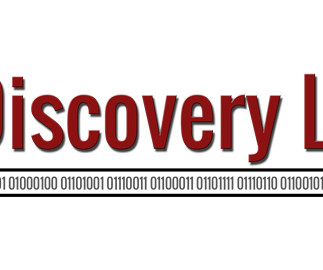CONSIDER A TRIAL CHECKLIST
Plaintiff Trial Lawyer Tips
OCTOBER 31, 2024
Opening statement, witness examination & summation Depositions Review all depositions & index for access at trial Create summary of relevant testimony with index to access at trial Decide how to use at trial. . Index & make summary of relevant information for use at trial. Decide how to use at trial.













Let's personalize your content